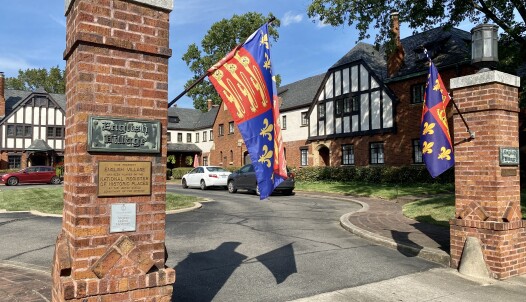How well do you know the Museum District? The story of the iconic neighborhood connects the days of Richmond’s post-Civil War reconstruction all the way to new small businesses like Paix and the Texas Inn.
Though neighborhood boundaries are always up for debate, official city maps show the Museum District as the chunk of the city bordered by Broadand Cary at its north and south and Arthur Ashe Boulevard and I-195 to its east and west. This area has also been referred to as “West of the Boulevard.”
The region, like the rest of Richmond, was first occupied by Algonquin-speaking people. Tuckahoe — the area of Richmond and Henrico west of the Museum District, is an Algonquin word.
By the 19th century, the area was mostly farmland. The Robinson House, which is now part of the VMFA’s campus, was the original farmhouse.
Much like the streetcar suburbs of the Northside, the Museum District’s residential development exploded with the introduction of public transportation. Lines for both horse-drawn and steam-powered carriages were extended in 1887 to reach what is now Mulberry Street, just east of Arthur Ashe Boulevard.
The city officially annexed much of the area in 1906. By this time, electric streetcars had become a cornerstone of Richmond’s infrastructure, allowing residents to live farther away from where they worked. One resident recalled that “everyone’s father rode the streetcar to work.”
The 1920s saw a huge construction boom around the city, and a number of the residences still in use in both the Museum District and the Fan cropped up around this time.
The museums from which the neighborhood takes its name arrived in the following decades. The VMFA opened in 1936, and the Virginia Historical Society, now known as the Virginia Museum of History and Culture, moved in in 1959.
The Museum District was officially designated as a Federal and State Historic District in 1993. In 2019, its western edge was officially renamed as Arthur Ashe Boulevard.













